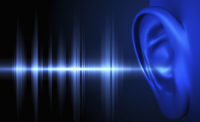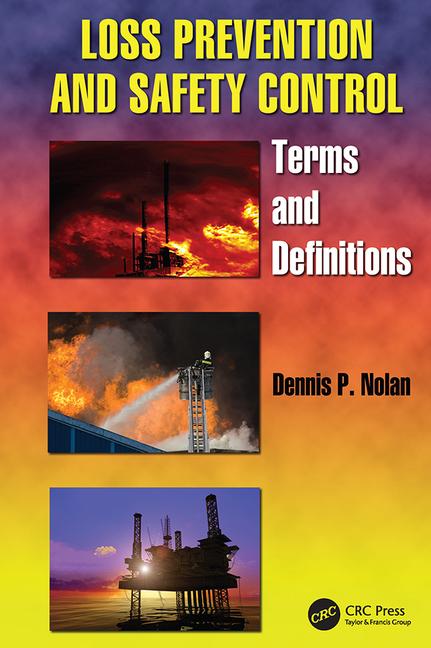Did you know that a single exposure to excessive noise can cause permanent hearing loss? That means that cutting your lawn, taking in a concert, going to a sporting event or even enjoying fireworks can damage your hearing.
Did you know that you have a “daily sound allowance”?
Test your knowledge
There may be many things you don’t know about noise induced hearing loss (NIHL). You can test your knowledge with a National Center for Environmental Health (NCEH) quiz that includes questions about the loudness of objects you might use or activities you may engage in (like a gas powered lawnmower or a rock concert) and makes you do a little math (how long can you be exposed to these things before you have used up your entire daily sound allowance?)
Click here to test your knowledge about noise and hearing loss. If you don’t do well the first time, the NCEH lets you try again.
Noise induced hearing loss is preventable
October is "National Protect Your Hearing Month," and federal health agencies are using it to focus the public’s attention on NIHL, which is permanent – but preventable.
The daily sound allowance, by the way, is the amount of daily noise the sensory cells in your ears can tolerate before being damaged. The notion originated back in 1974, when the EPA determined that a 24-hour exposure limit level of 70 dB would produce minimal hearing loss.
So-called “impulse noise” – like whistles, horns, cannon blasts and fireworks that produce short but intense bursts of sound - should never exceed a peak sound pressure of 140 dB peak in adults, and 120 dB in children.
How to protect yourself
To reduce exposure to potentially harmful noise, the NCEH recommends that you:
- Use a personal hearing protection device (for example, earplugs or hearing protection earmuffs)
- Take a listening break
- Buy quieter products
- Distance yourself from the source


